
This recipe is exactly what the title says it is: a way to use up everything in your pantry except the kitchen sink! Never before have I found a recipe that so perfectly uses up all the bits and bobs of baking ingredients I have lying about. You can prepare the dough now, freeze it in four separate batches, and enjoy cookies for ages to come. The stir-ins below are just a template: add up to 2 cups of whatever you have on hand: shredded coconut, chopped nuts, baking chips, raisins. Anything, in sum, except the real kitchen sink.
Ingredients:
For the cookies:
- Cooking spray
- 2 cups flour
- 1 and 1/2 teaspoons salt
- 1 and 1/2 teaspoons baking soda
- 1/2 cup melted Earth Balance butter
- 1 and 1/2 cups brown sugar
- 3/4 cup sugar
- 1 cup canola oil
- 2 tablespoons Ener-G egg powder
- 1 tbsp. vanilla
- 4 cups rolled oats
For the stir-ins:
- 3/4 cup shredded coconut
- 3/4 cup mini non-dairy chocolate chips (such as Enjoy Life)
- Line a 13×9-in baking dish with parchment paper and coat the parchment with cooking spray; set aside.
- In a large bowl, combine the flour, salt, and baking soda. Set aside.
- In a second bowl, whisk together the butter, brown sugar, sugar, and canola oil.
- Separately, whisk the Ener-G egg powder with 5 tablespoons warm water until well combined. Add to the butter mixture, along with the vanilla.
- Add the oats, along with the stir-ins of your choice. Press the batter evenly into the prepared pan, and cut into quarters with a knife, cutting all the way down to the parchment. Lightly score each quarter into 12 squares, cutting only halfway into the dough. Freeze for 1 hour.
- Transfer each quarter of the dough to a zip-top plastic bag, and store in the freezer until ready to use.
- To bake the cookies, remove from the freezer and separate along the 12 squares. Bake at 350 degrees F for 16 minutes. The cookies will be soft coming out of the oven but will harden as they cool. Cool on a wire rack before serving.
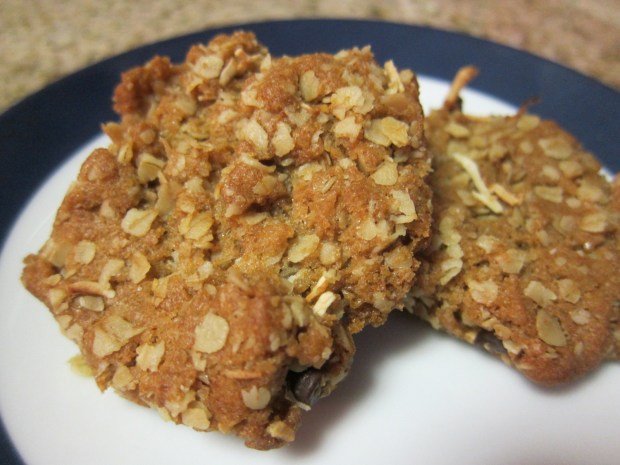






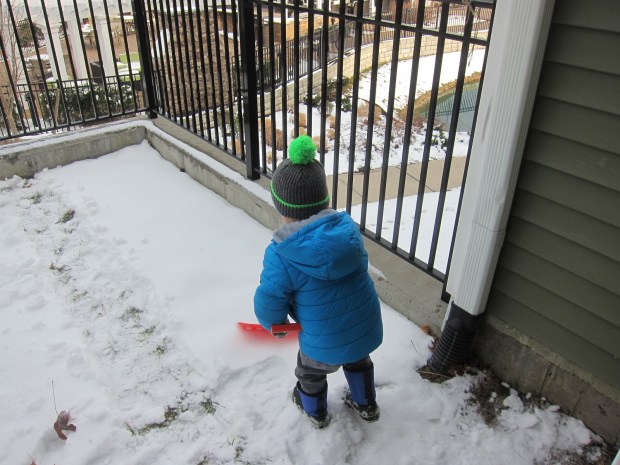
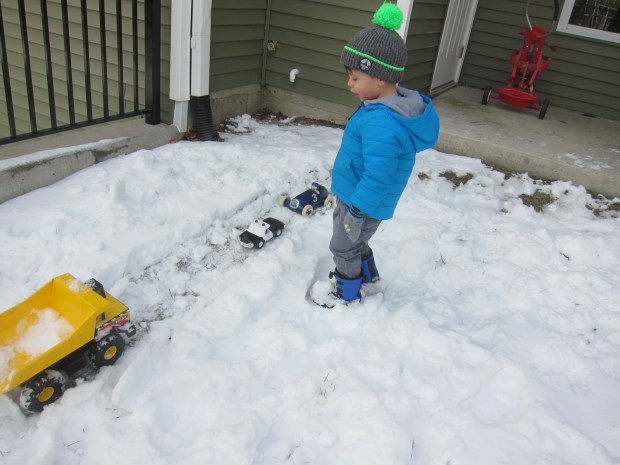
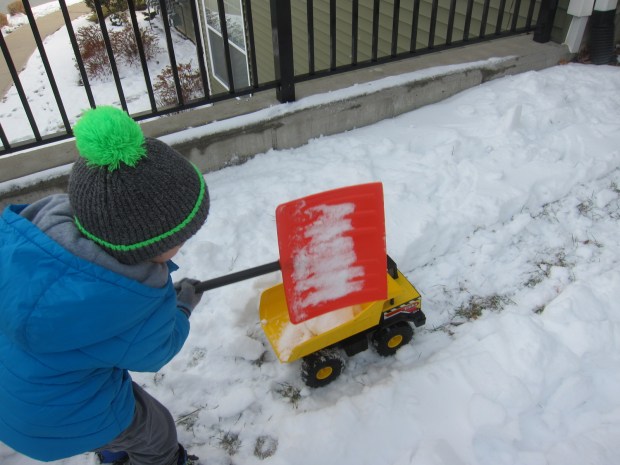
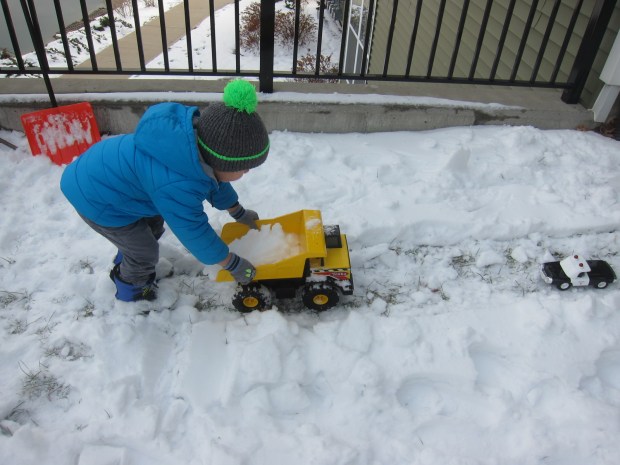





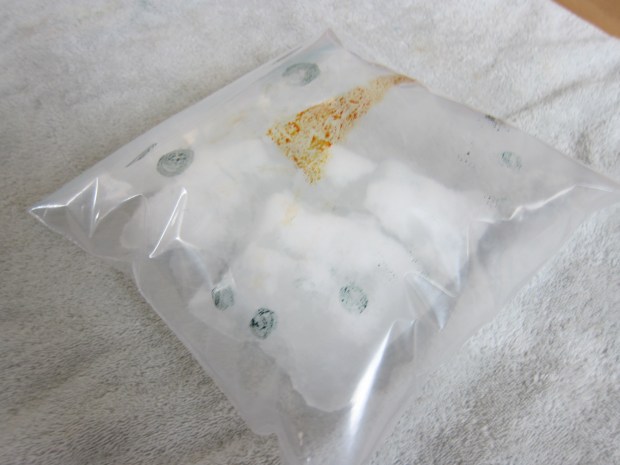
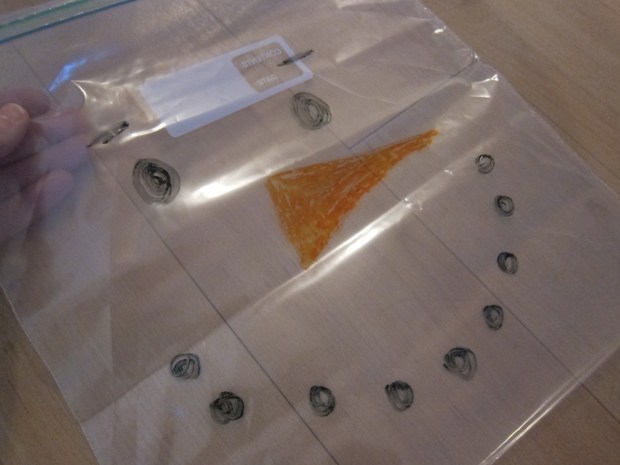
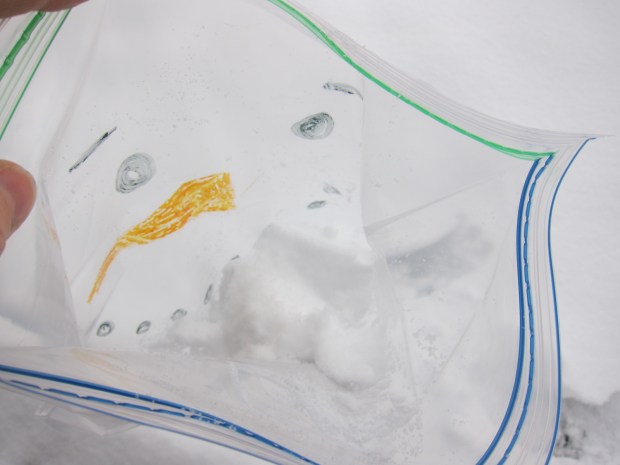


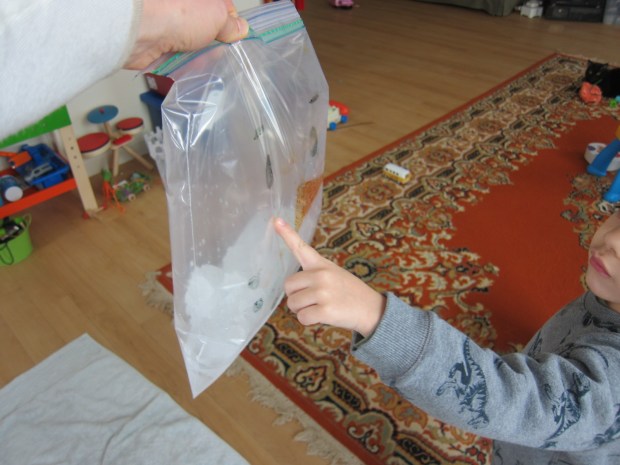




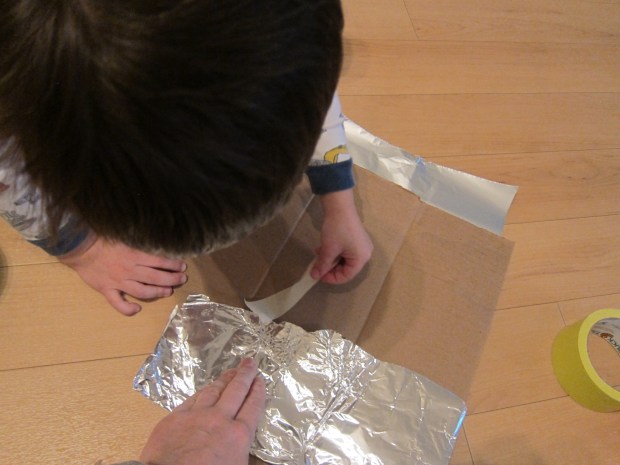

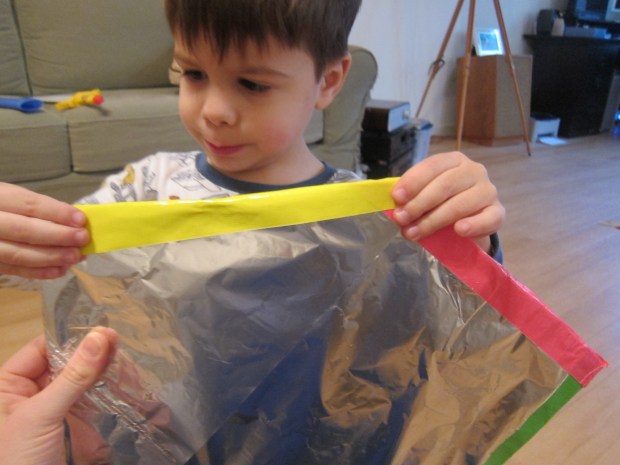
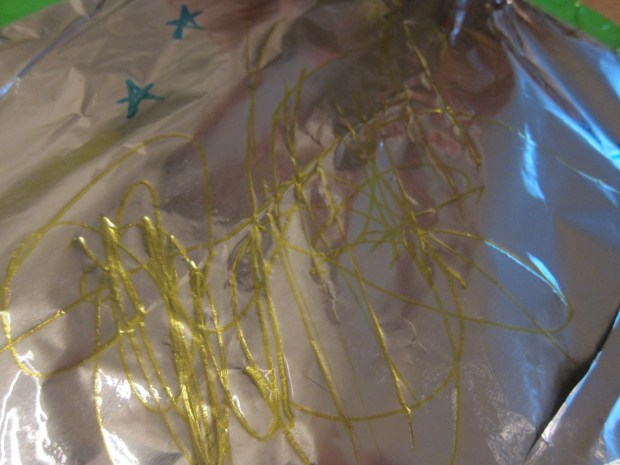

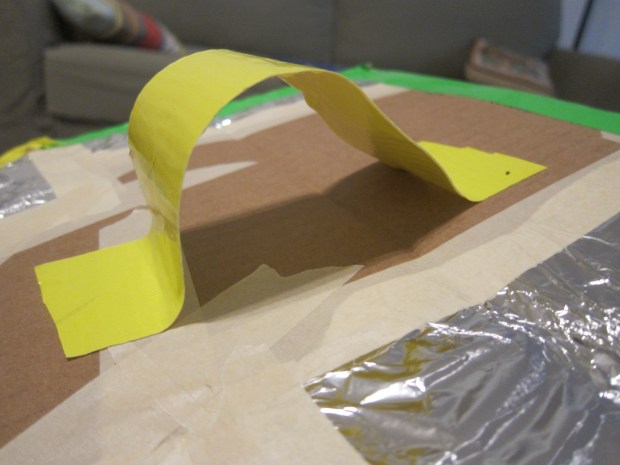

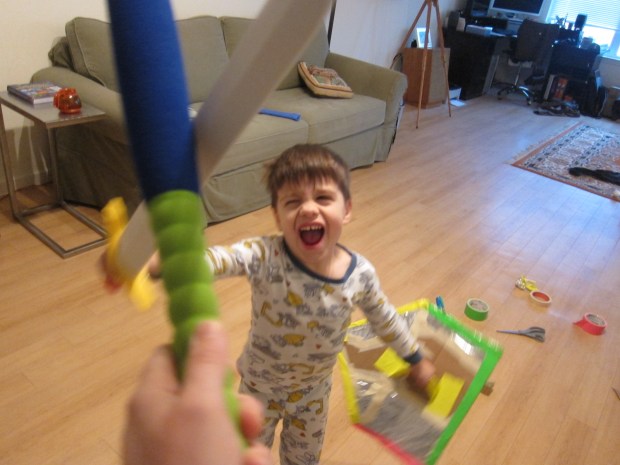
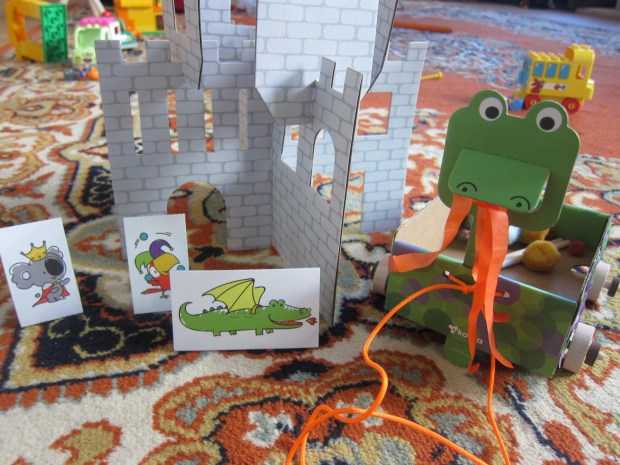


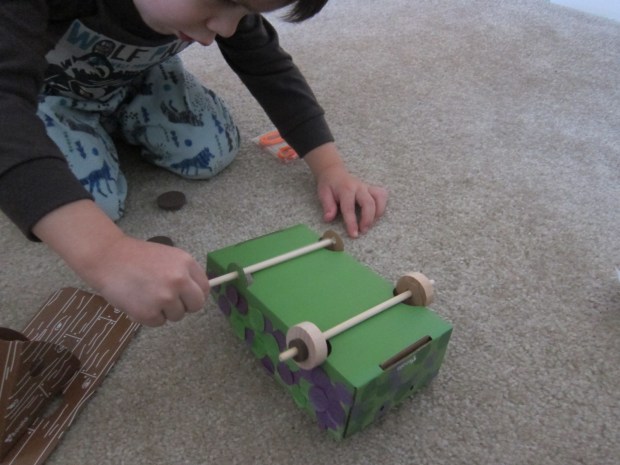
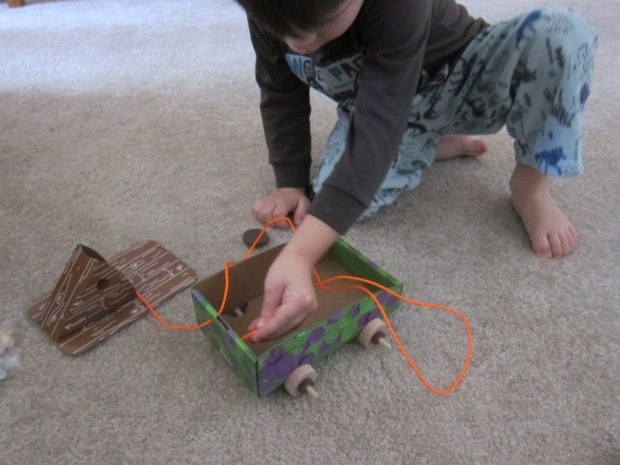



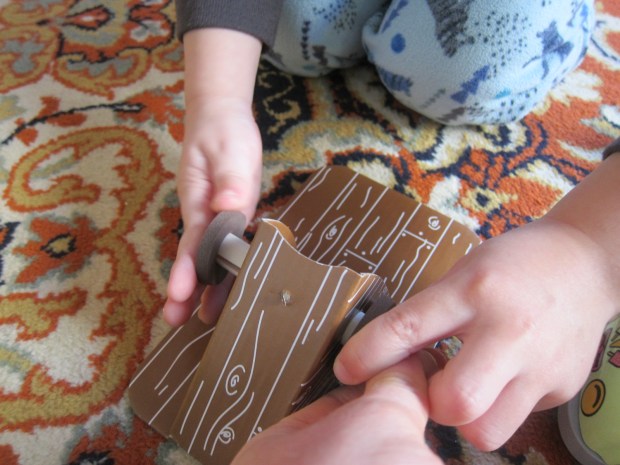
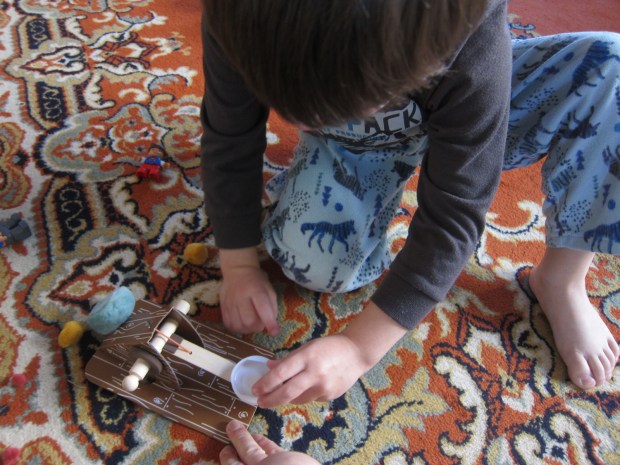
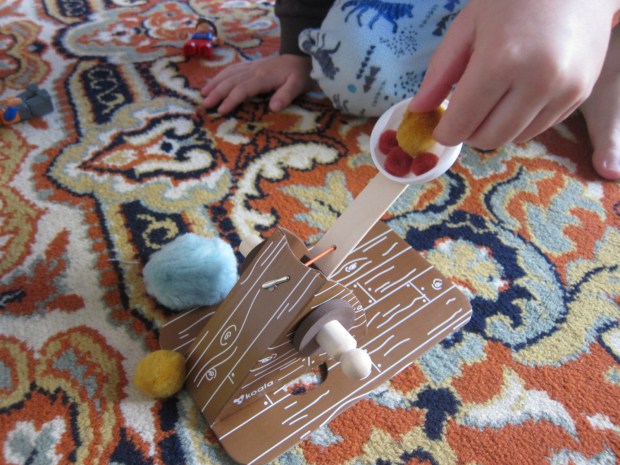

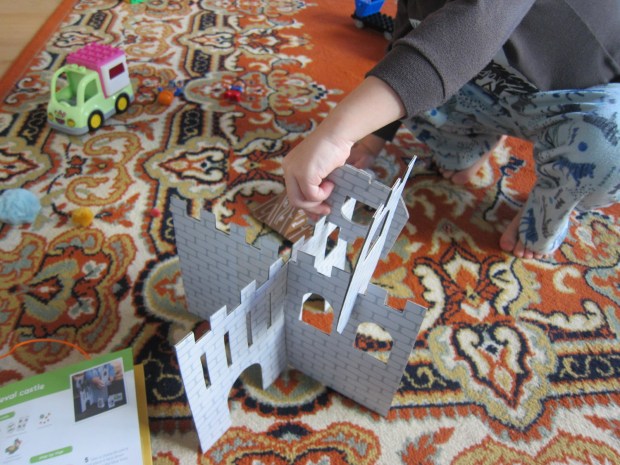
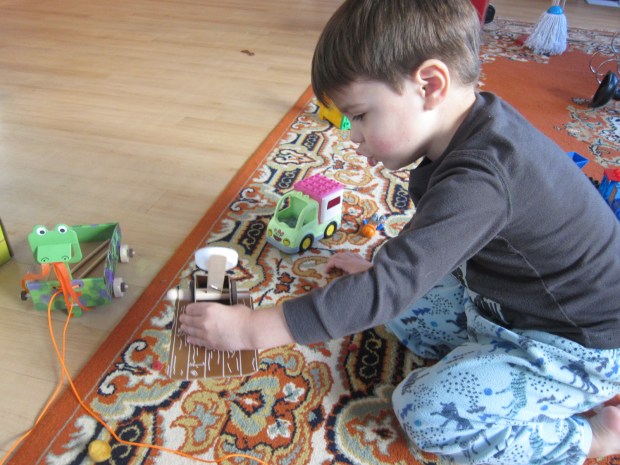
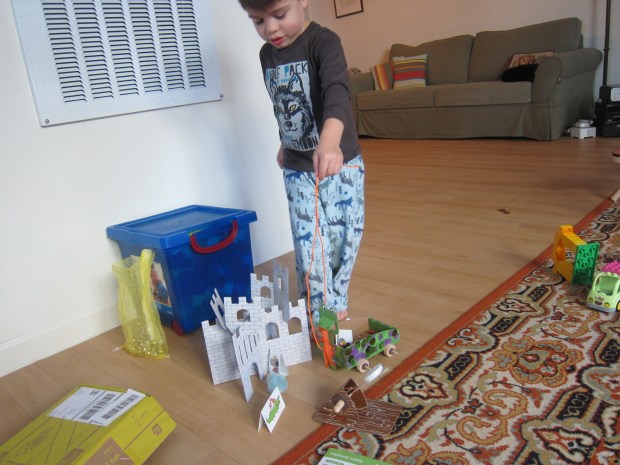


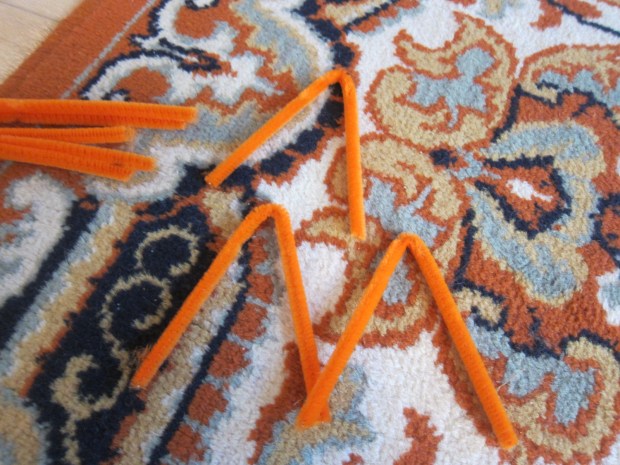
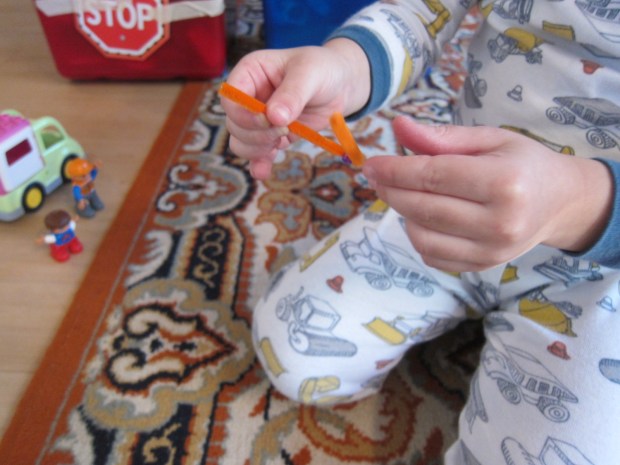





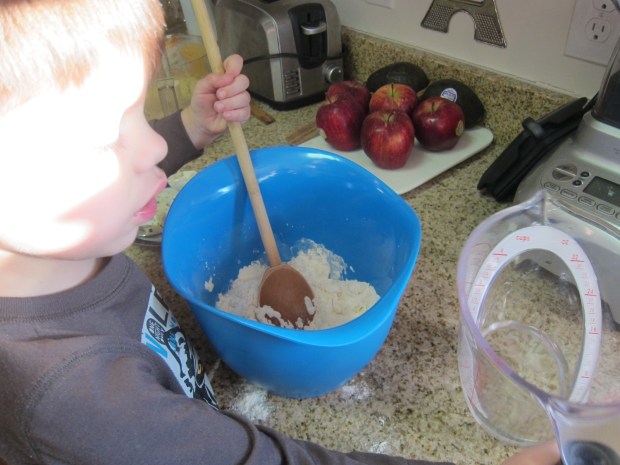

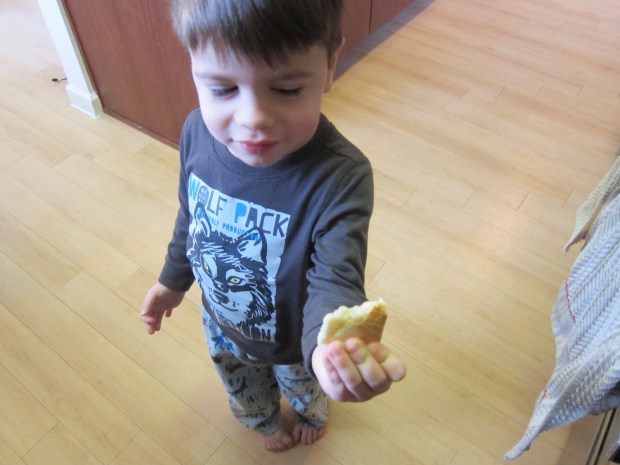

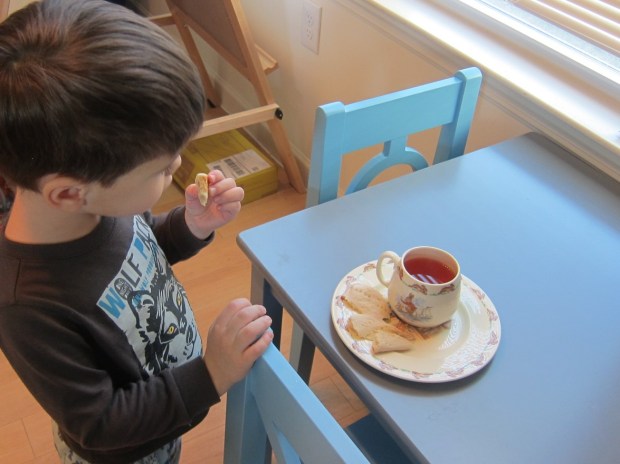



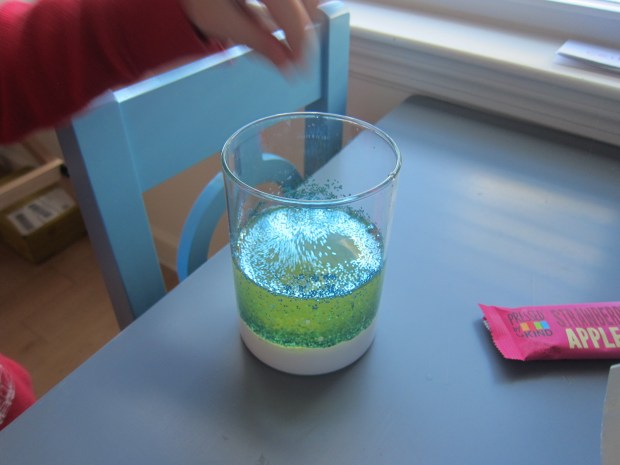
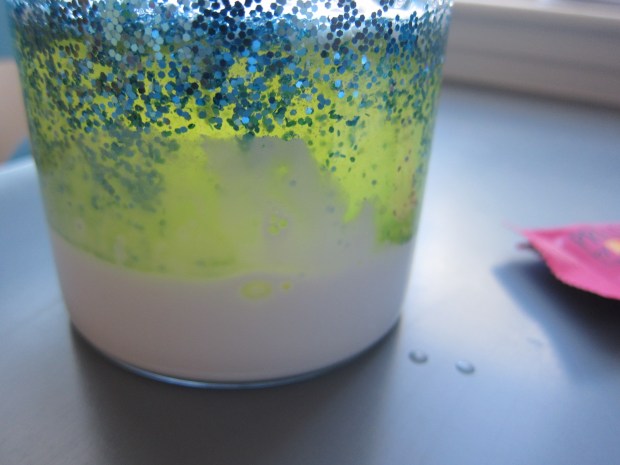
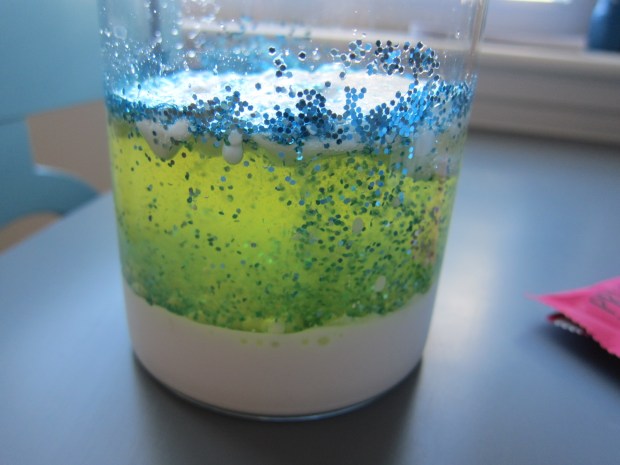

 Then we made two circus games, a
Then we made two circus games, a 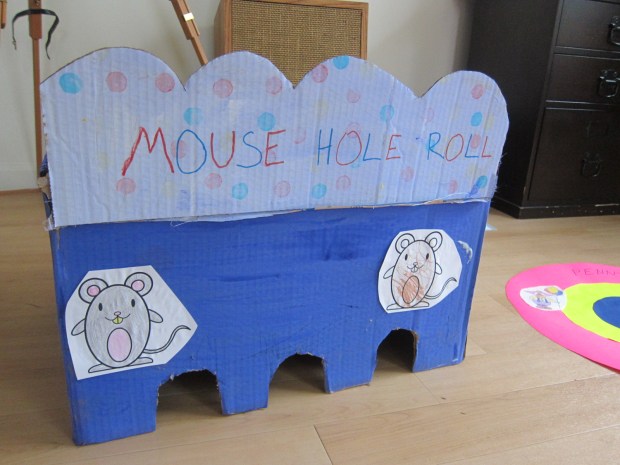 It’s too bad the circus wasn’t in town, or we would have taken in a show as our field trip. As always, we love circuses that feature human performers,
It’s too bad the circus wasn’t in town, or we would have taken in a show as our field trip. As always, we love circuses that feature human performers, 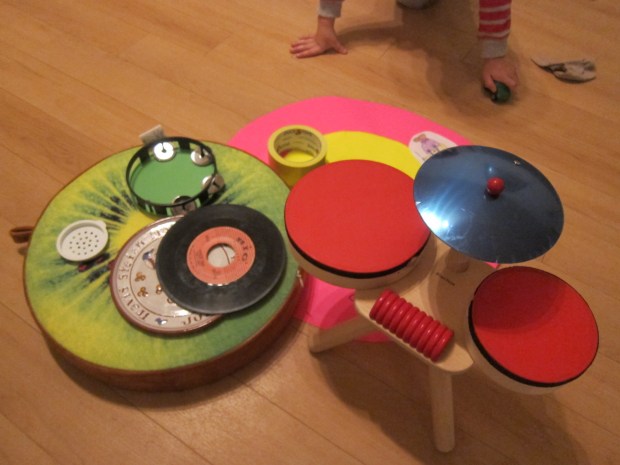 My intention was to gather items we could put in a pile, but he spotted some I wouldn’t have thought of, including the knobs on the dresser and other circular furniture or decorations.
My intention was to gather items we could put in a pile, but he spotted some I wouldn’t have thought of, including the knobs on the dresser and other circular furniture or decorations.  Once we’d finished, he exuberantly asked for a triangle treasure hunt – why not? For fine motor skills, trace some of the circle objects you found.
Once we’d finished, he exuberantly asked for a triangle treasure hunt – why not? For fine motor skills, trace some of the circle objects you found.

 We also scooped up a pair of tiny hand cymbals from the toy store, perfect for smashing together. Conveniently, the cymbals are circles too!
We also scooped up a pair of tiny hand cymbals from the toy store, perfect for smashing together. Conveniently, the cymbals are circles too! He then turned it into a game of store, telling me in cents how much each item cost. A great little math and currency lesson.
He then turned it into a game of store, telling me in cents how much each item cost. A great little math and currency lesson.

 Unfortunately the game didn’t work for us: even using our strongest magnet wand, the high iron cereal didn’t budge!
Unfortunately the game didn’t work for us: even using our strongest magnet wand, the high iron cereal didn’t budge! 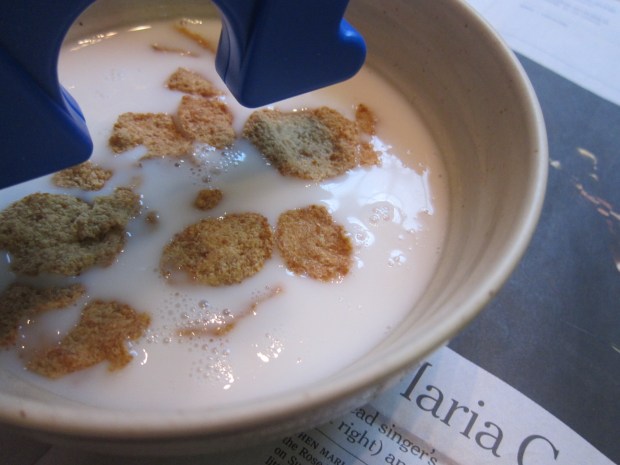 I would be very curious what cereal the online testers had used. Ah well, leftover cereal made for a great sensory bin.
I would be very curious what cereal the online testers had used. Ah well, leftover cereal made for a great sensory bin. 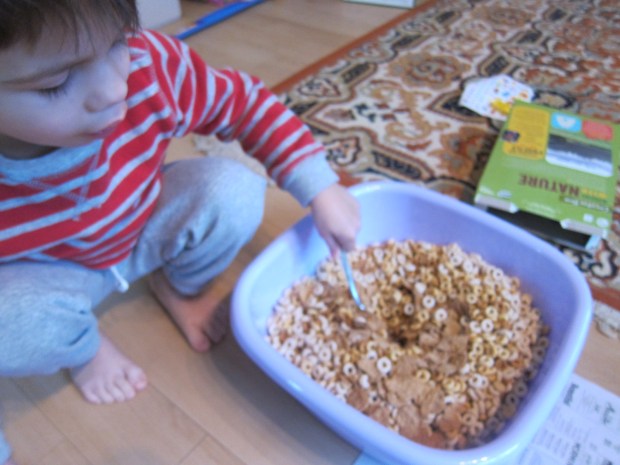 Then we used the boxes for
Then we used the boxes for 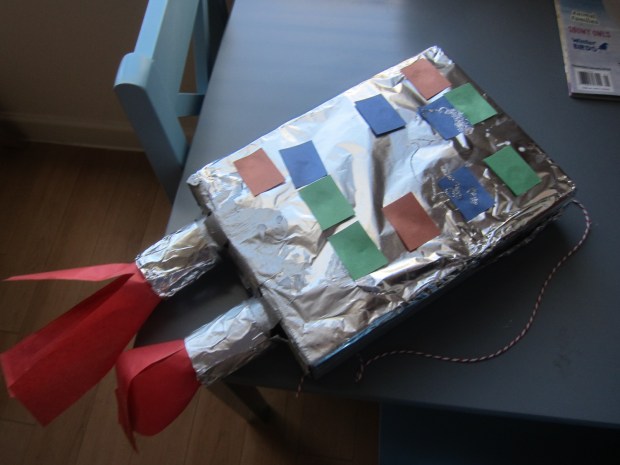
 Later we decided that our city needed a parking lot for all the cars – which turned into a
Later we decided that our city needed a parking lot for all the cars – which turned into a  If you’re able, follow up with a field trip to a real city, whichever is closest to you!
If you’re able, follow up with a field trip to a real city, whichever is closest to you!